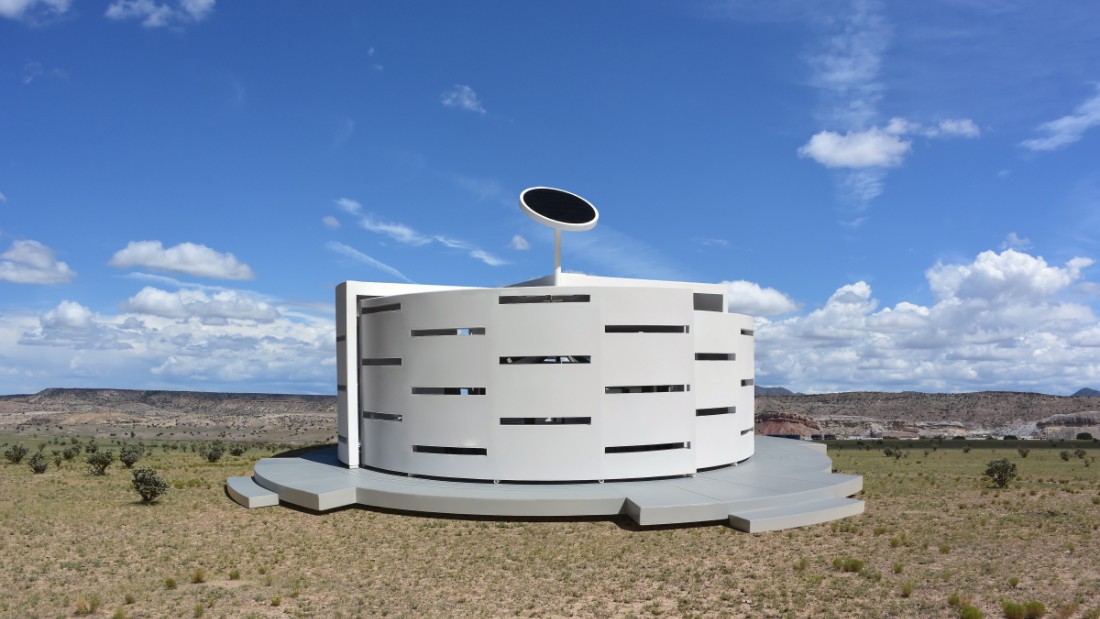Will these houses make you dizzy? Architects build rotating homes

(CNN)Imagine living in a house that follows the direction of the sun when it’s hot.
Or one that offers a different view out of your bedroom window every day of the week.
For some bold homeowners this is becoming a reality, thanks to an innovative wave of architects who are re-imagining the concept of the house.
Once something firmly routed to the ground, homes are now becoming moving entities that can rotate, change shape, and even adapt to the seasons.
Different perspectives
The Everingham Rotating House is a riverside home nestled on the northern coast of New South Wales, Australia.
To a casual onlooker it looks like a regular home, with a wraparound verandah and views of a river nearby. But this octagonally shaped, 5,812 square feet (540 square meter) property can turn 360 degrees.
The key to its flexibility is the 78-foot (24-meter) diameter steel platform on which it sits. This plate can turn in both directions at 525 feet (160 meters) per hour in circumference speed — meaning the house can make two rotations per hour. Slower speeds are available.
The home also features thermal insulated windows on one side, which both collect heat and keep it in the home, while the other side of the property features rock wool walls, with small windows.
The side of the home follows the sun in the summer, keeping the property cool — its small windows are positioned so that sunlight doesn’t directly shine through them.
Other environmentally friendly features of the Heliotrope include the use of grey water cleaning — where waste water from washing machines etc is collected and reused — and a solar sail with photovoltaic panels to collect energy on the rooftop.
The award-winning structure has been replicated twice in Germany since completion.
Life in rotation
So who would live in a rotating home?
Likely, someone with money — unsurprisingly, building a moving property isn’t cheap.
A Dynamic D*Haus, for example, would cost upwards of $2.43 million, says Ben-Grunberg.
He adds that many people interested in rotating homes have mobility issues, presenting “a whole demographic we never originally thought about” when first designing such properties.
Such homes appeal to those with accessibility issues because they can provide easier access to a particular site within the grounds of the home — such as the garden.
“This type of house is very refreshing compared to the visual norm of existing mobility design,” Ben-Grunberg tells CNN. “It is appealing for all people — but it’s a very brave visionary client that will take on a project like this.”
For Michael Jantzen, a New Mexico-based artist, who has designed a number of transformable home concepts — including the Rotating Radius House — it’s about craving a different way to live.
“(It’s) for people … who are not stuck in the rut of a conventional aesthetic.
“I see transformable homes becoming a trend in the future. If designed right, they can be very eco-friendly and provide a new and exciting way to live.”
Read more: http://www.cnn.com/2017/01/22/architecture/rotating-homes/index.html
